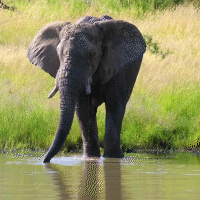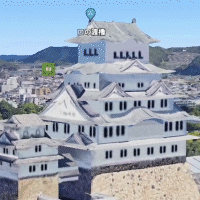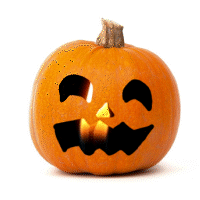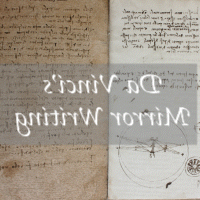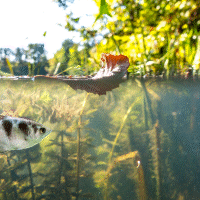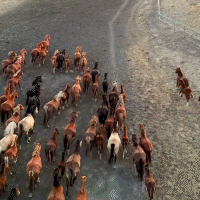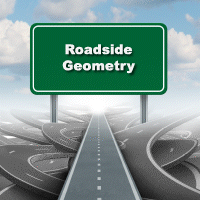
$3.99
Circular Structures
In this lesson students will use their basic understanding of circles to learn how circular structures are built. The example shown is that of the Roman Colosseum. Students will construct an oval shape from circular arcs to simulate the elliptical shape of the Roman Colosseum.

